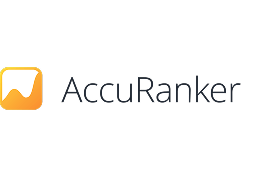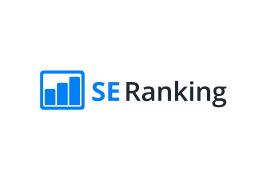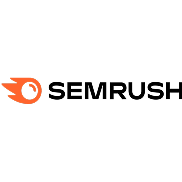Navigate search marketing chaos with Fortis Media
Why Fortis Media?
Flexibility and adaptability are at our core. Unlike other agencies, we don’t
believe in one-size-fits-all solutions. Instead, we deliver customized frameworks
tailored to your business’s unique needs and challenges. And they work.
We know what it takes to succeed because we’re in the same trenches as you. As a business, we understand the importance of accountability, scalability, and profitability in marketing. This is why our solutions not only sound good—they’re also practical and effective.
Choose Fortis Media for a search marketing partner who understands
your business, adapts to your needs, and delivers results. Period.
Trusted by 100+ companies worldwide:






Services we offer
SEO
Boost organic traffic. Best for capturing people searching for your services.
Paid media
Boost conversions. Best for attracting people who aren’t searching for your services but fit your target audience.
Content marketing
Boost engagement. Best for building trust and authority in your industry.
Data analytics
Gain insights. Best for making data-driven decisions to optimize your strategy.
PR
Boost reputation and visibility. Best for reaching the right audience through the right channels.
Our holistic approach to marketing

Attract traffic
Engage and convert




















Industries we cover
Your leading search marketing partner
Tailored strategies
No two strategies in our portfolio are the same. We mean it when we say tailored solutions.Industry-specific expertise
We thrive in the toughest markets, leveraging our niche knowledge and experience.Full-service marketing
From enterprise-level tools to strategy and execution, we handle it all. Tell us your goal, and we’ll get you there.Сlear communication
No lengthy spreadsheets or unclear reports. We simplify complex concepts into actionable plans.Real-time reporting
Stay informed with transparent, up-to-the-minute campaign reports ready when you need them.Dedicated account manager
Enjoy seamless collaboration with a single point of contact providing all the attention you need.
Your growth, one year later
Navigating search marketing chaos can be challenging, but with a knowledgeable team, it becomes solvable. Over the next 12 months, we’ll ensure your business reaches its full potential. That’s not just a promise.
It’s a guarantee.
- 100%increase in organic traffic
- 30%increase in conversion rates
- 30%increase in user engagement
-

-

-

-

-

-

From strategy to success: insights and case studies

iGaming SEO: The Ultimate Guide to Ranking iGaming Sites in 2025


How SEO and PPC Work Together: A Practical Guide

Your questions, answered
How long does it take to see results?
You can typically expect to see significant improvements within 3 to 6 months, depending on the strategy and market.
Do you provide regular updates on campaign performance?
Yes, we offer real-time reporting and regular updates to keep you informed about your campaign’s progress.
Can you work with my existing marketing team?
Absolutely! We can collaborate with your in-house team to enhance your current strategies and drive better results.
How do you tailor your strategies to my business?
We conduct a comprehensive audit of your current marketing efforts and industry landscape to create customized strategies that meet your specific goals.
What is your pricing structure?
Our pricing is customized based on the scope and requirements of your project. Contact us for a detailed quote tailored to your needs.
What makes your approach different from other agencies?
Our unique combination of tailored strategies, industry-specific expertise, and full-service solutions ensures we provide practical and effective marketing plans.
Can you handle international marketing campaigns?
Yes, we have experience managing marketing campaigns on a global scale and can tailor our strategies to fit different markets and regions.
Do you provide training for our in-house team?
Yes, we offer training sessions to help your in-house team understand and implement our strategies effectively.
Should I choose SEO or Paid Media?
It depends on your goals. SEO is great for long-term organic traffic, while Paid Media provides immediate visibility and targeted traffic. We believe that a combination of both works best.















